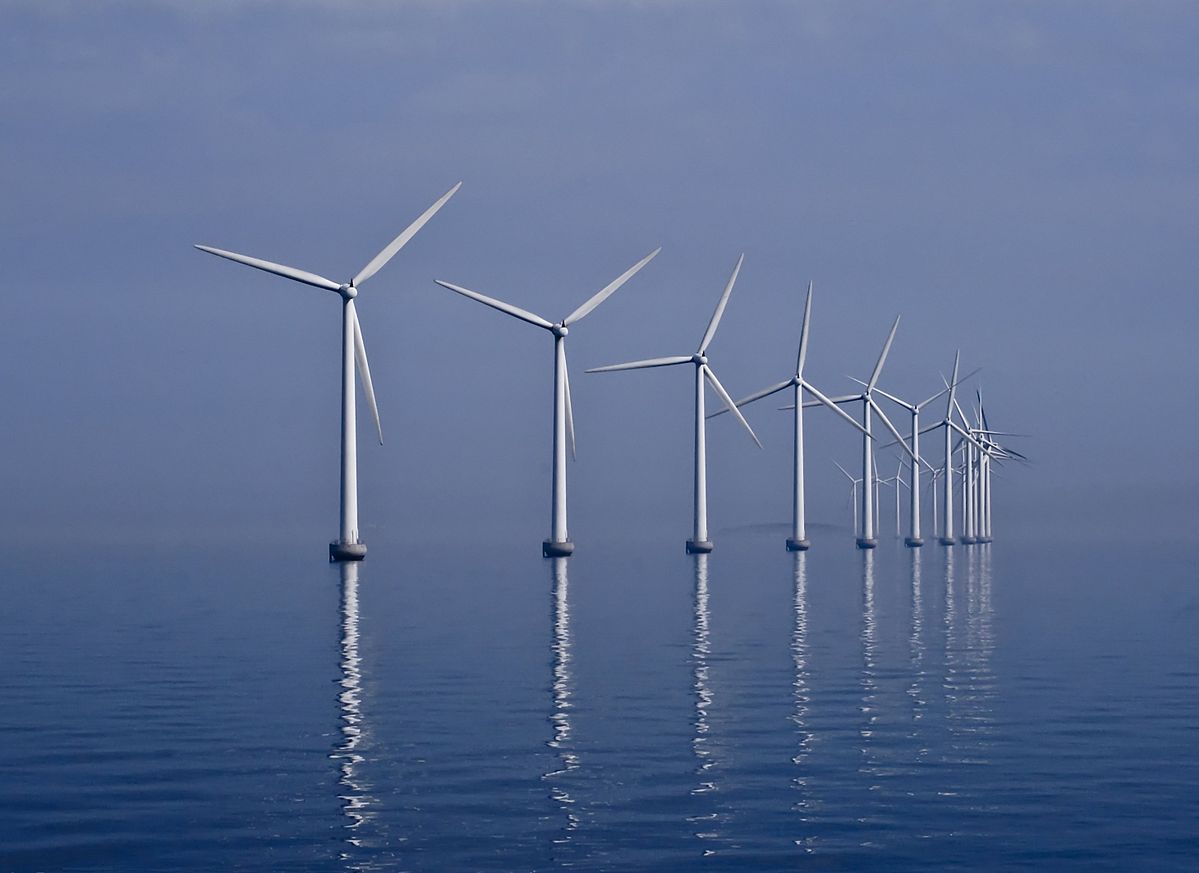The Finnish Ministry of Employment and Economy has given Ilmatar Offshore an exploration permit to conduct environmental studies for Vågskär offshore wind project in Finland. Ilmatar Offshore discovered a new offshore wind area measuring 367 square kilometres in the Finnish Exclusive Economic Zone.
The 1.2 GW project is situated in the southern Bothnian Sea. Furthermore, it is roughly 30 kilometres north of Land and 65 kilometres west of Usikaupunki. According to Ilmatar Offshore, Vågskär has a potential installed capacity of about 1.2 GW. It is based on 15 MW wind turbines, the current technology.
Vågskär offshore wind project scope
Environmental Impact Assessment (EIA) studies for the area are already underway and are being done by the Ramboll Group of Denmark. The company’s Finnish subsidiary will conduct several field surveys. Furthermore, it includes marine archaeological and biological investigations and evaluations of the region’s geophysical features.
Ramboll Finland’s top environmental consultant, marine biologist Sanna Sopanen said: “Impacts on marine life and other potential impacts will be carefully identified and evaluated by EIA. Thus, Vågskär EIA will properly scrutinise cumulative effects with other projects and possible transboundary impacts to other nations.
Read Also: The Netherlands to build the world’s largest offshore hydrogen production plant
The environmental studies for the offshore wind farm
Technical and environmental studies will also be conducted in the project area in 2023 and 2024. The preliminary schedule indicates that the Vågskär EIA work will be completed in the middle of 2025. The site is ideally close to Ilmatar Offshore’s Stormskär and Väderskär project areas. This is in Åland’s territorial waters, the wind developer said. Thus, this proximity creates additional synergies.
In December 2022, Ramboll was also chosen to complete the EIA work for the two offshore wind project areas. Anna Häger, Regional Manager at Ilmatar Offshore, added: “With Vågskär in our project portfolio, we ensure massive energy production in the Nordic region in a very strategic location.”

Leave a Reply